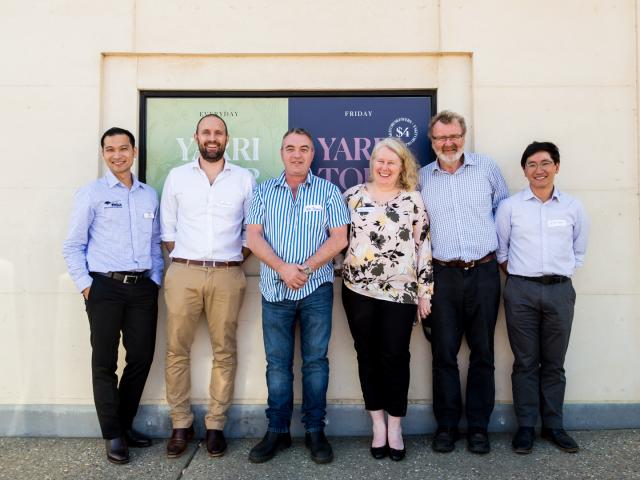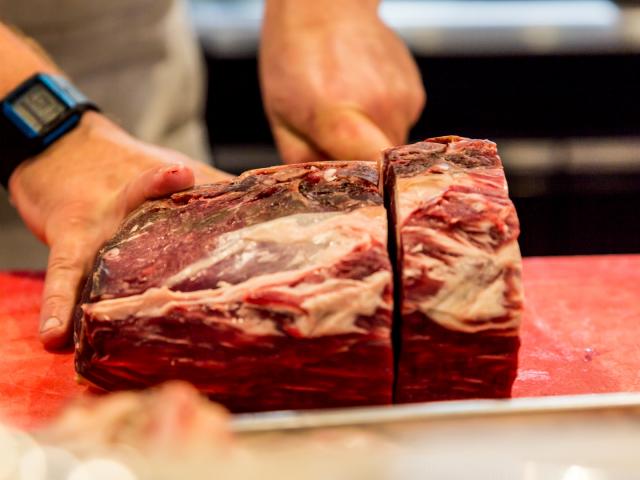Value adding to meat through dry ageing
Consumers seeking a unique premium eating experience are willing to pay a premium for dry aged meat. This was one of the key messages at the workshop hosted by Meat and Livestock Australia (MLA) and the Department of Primary Industries and Regional Development (DPIRD) earlier this month, held at Yarri Restaurant in Dunsborough.
A panel of experts took participants through the latest research about dry ageing, which compared wet and dry aged product, market segmentation of consumers, opportunities around dry ageing, and guidelines for dry ageing to get started.
More than 40 producers, butchers, processors, restauranteurs and retailers took part in the workshop. For lunch, chef Aaron Carr prepared beef ribeye, both were 28 day wet and dry aged for workshop participants to compare.
What is dry ageing?
Ageing is a practice used in the meat industry to increase tenderness, usually the ageing period is about 5-14 days. The practice of holding meat for a longer period of time, more than 14 days, in controlled conditions of temperature and low humidity, allows more time for enzymes present naturally in the meat to cause further protein degradation to improve tenderness. There is also concentration of flavour due to moisture lost. Dry ageing can also produce meat with a distinctive flavour profile such as roast, buttery and nutty.
A value-added meat product
Sheep meat that has been dry aged can attract a 20-30 per cent premium compared to wet aged sheep meat. For beef, dry aged product is typically double the price of a wet aged equivalent cut.
Minh Ha from the University of Melbourne presented results from an experiment using Australian and Japanese consumers. Both consumer types preferred dry aged meat to wet aged meat when aged for the same period of time. Subsequent laboratory testing confirmed higher concentrations of volatile substances in dry aged beef, which explains the different flavour profile.
Although the length of the ageing period is probably the most important aspect, Tim Burvill, co-owner of Melbourne and Adelaide steakhouses A Hereford Beefstouw and managing director of South Australian Cattle Co., concluded that dry ageing is only part of the process to further enhance the high quality beef to his restaurant customers.
Long Huynh from MLA commented that dry ageing also comes at a cost due to capital investment, weight loss from evaporation and trimming, and extra processing steps and monitoring. These all need to be accounted for including target market when deciding to undertake dry ageing as a value adding strategy.

Value-adding to mutton
The effect of dry ageing on mutton from older ewes was another area of interest. Presenter Melindee Hastie from the University of Melbourne, who is completing a PhD on the dry ageing of mutton, agreed that mutton is not like lamb, but can be a very versatile and tasty meat if processed and cooked in a way that enhances mutton attributes. Her project examined a number of cuts and cooking methods to create a range of high quality dishes from mutton utilising the whole carcass.
For more information contact Robin Jacob, senior research scientist, South Perth on +61(0)8 9368 3470

